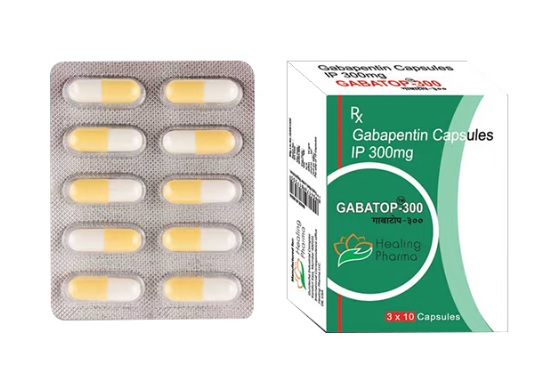How Is Gabapentin Different from Other Medications?
Gabapentin 300mg is a medication primarily used to treat neuropathic pain, seizures, and, in some cases, anxiety disorders. It works by affecting neurotransmitters in the brain and is chemically different from other drugs commonly prescribed for similar conditions. Here’s how Gabapentin differs from other medications in various aspects:
1. Mechanism of Action
Gabapentin’s mechanism of action is unique compared to other drugs used for neuropathic pain or seizures. Although it is structurally similar to the neurotransmitter gamma-aminobutyric acid (GABA), it does not bind directly to GABA receptors. Instead, Gabapentin binds to the α2δ subunit of voltage-gated calcium channels in neurons. This reduces the release of excitatory neurotransmitters like glutamate, thus dampening nerve activity and reducing pain or preventing seizures. This contrasts with medications like benzodiazepines or antiepileptics (e.g., valproate) that directly modulate GABAergic activity or sodium channels.
2. Indications
While Gabapentin is used for neuropathic pain and epilepsy, other medications for similar conditions may include opioids, non-steroidal anti-inflammatory drugs (NSAIDs), or antidepressants (e.g., amitriptyline). Unlike opioids, Gabapentin is not typically used for acute pain but is effective in chronic conditions like diabetic neuropathy and postherpetic neuralgia. It is also prescribed for restless leg syndrome and anxiety disorders, uses for which traditional pain relievers or anticonvulsants may not be appropriate.
3. Side Effect Profile
Gabapentin has a different side effect profile than many other pain or seizure medications. Common side effects include dizziness, fatigue, and drowsiness, but it generally lacks the addiction potential seen with opioids. However, there is concern about misuse in some populations, especially when combined with other depressants. Unlike NSAIDs, Gabapentin doesn’t pose a significant risk of gastrointestinal issues, bleeding, or kidney damage.
4. Drug Interactions
Gabapentin is metabolized differently than many other medications; it is not extensively metabolized by the liver and does not inhibit or induce cytochrome P450 enzymes. As a result, it has fewer interactions with other drugs, particularly when compared to anticonvulsants like carbamazepine or phenytoin, which are known for their potential to interact with other medications.
5. Absorption and Dosing
Gabapentin’s absorption depends on a transporter system in the gut, and its bioavailability decreases with increasing doses. This is different from many medications, which have linear pharmacokinetics. Gabapentin also has a relatively short half-life (5-7 hours), requiring multiple doses throughout the day, unlike some extended-release formulations of other drugs that can be taken once daily.
In summary, Gabapentin stands out for its unique mechanism of action, lower risk of addiction, minimal drug interactions, and specific use in chronic neuropathic pain and seizure control, differentiating it from other medications in these therapeutic categories.
Visit: https://buynetmeds.com/product/gabapentin-300mg/
